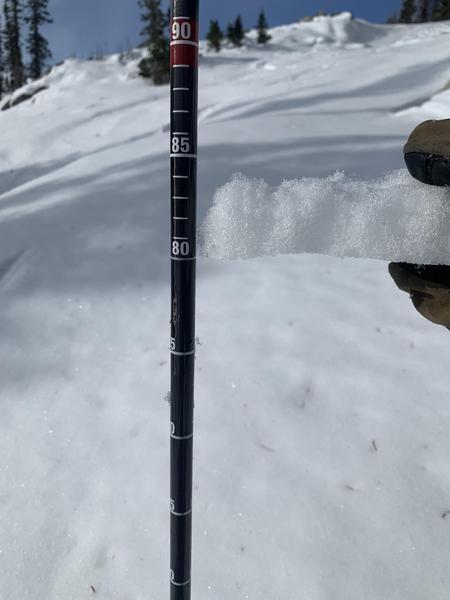Forecast for the Salt Lake Area Mountains

Issued by Nikki Champion on
Tuesday morning, November 24, 2020
Tuesday morning, November 24, 2020
The avalanche danger is LOW and avalanches are unlikely.
The biggest concern is slide-for-life conditions on the slick crusts and getting injured in the shallow snowpack by hitting rocks or other obstacles.
Remember, a few inches of low-density snow will only disguise the firm and shallow conditions that lie below, continue to tread lightly.

Low
Moderate
Considerable
High
Extreme
Learn how to read the forecast here








